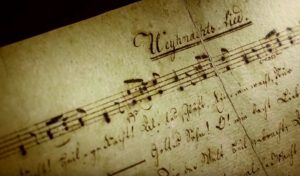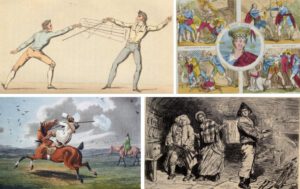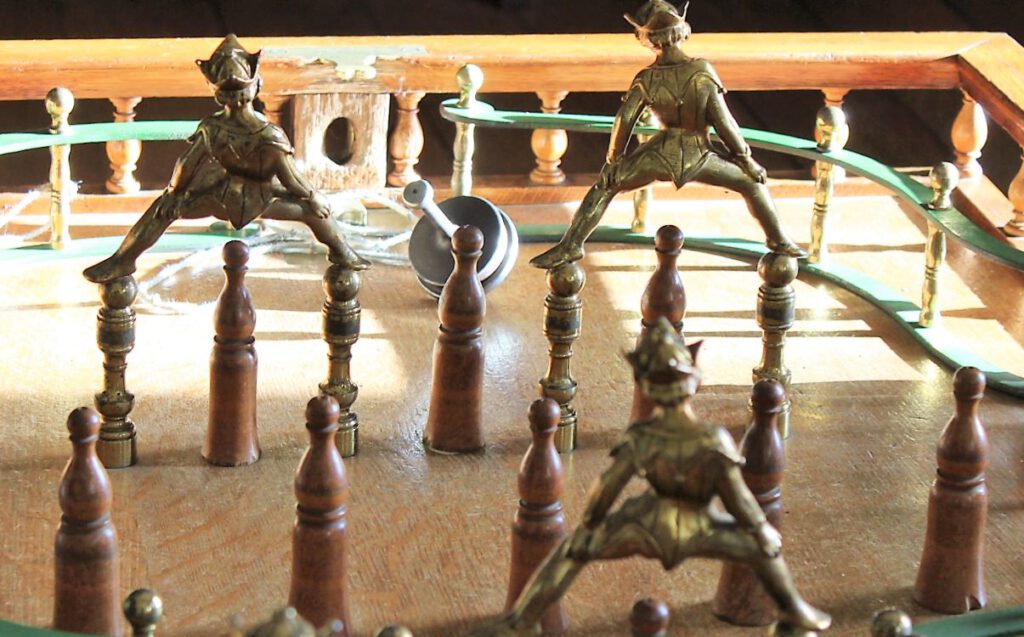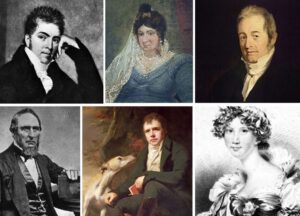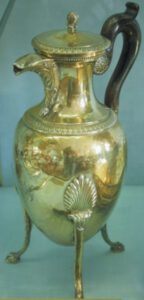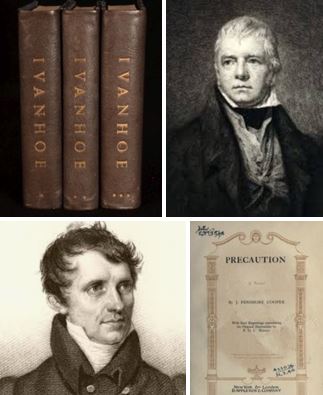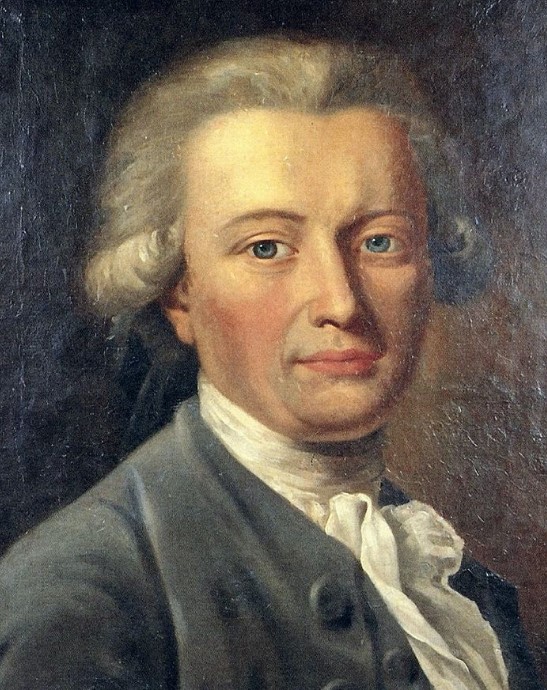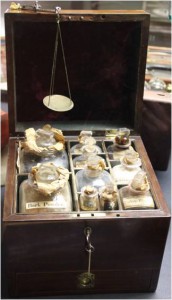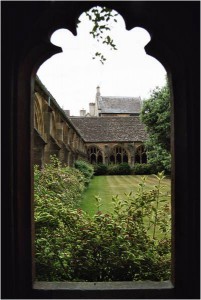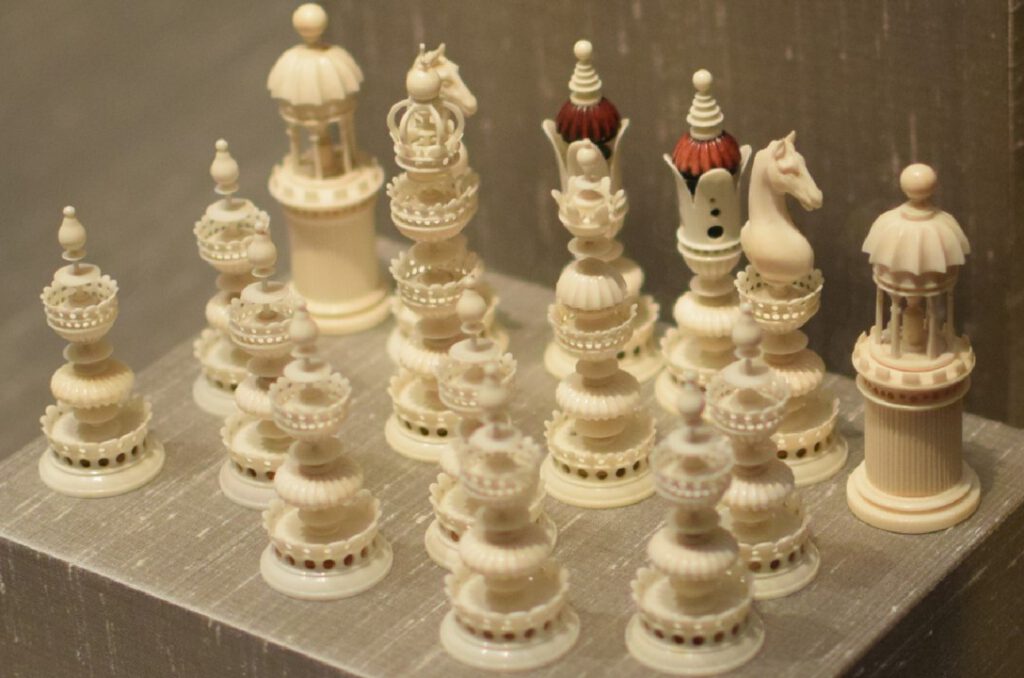
Good news for the time travelling Chess Enthusiast to Georgian England: The game is played by men and women alike. Napoleon, e.g., played chess in his youth, at college, and indeed all this life. The second half of the 18th century even saw the game becoming increasingly popular, with some coffee houses offering their rooms as locations for chess lessons with famous players. Also, the first chess club was founded. Find out here where you can play a decent game of chess or improve your skills from the 1770s – 1820.
Continue reading
